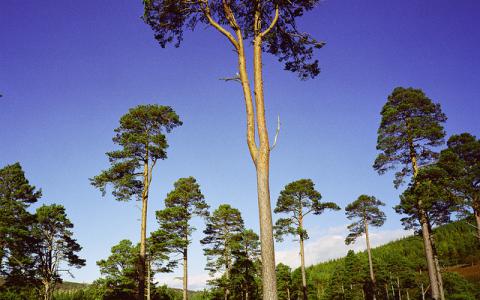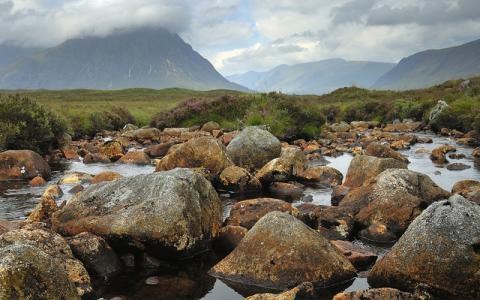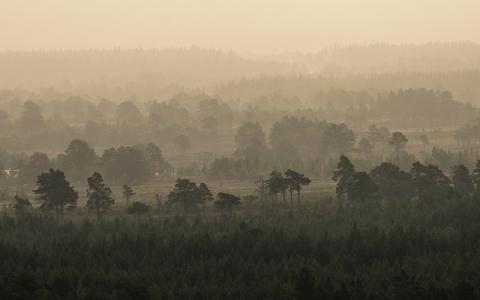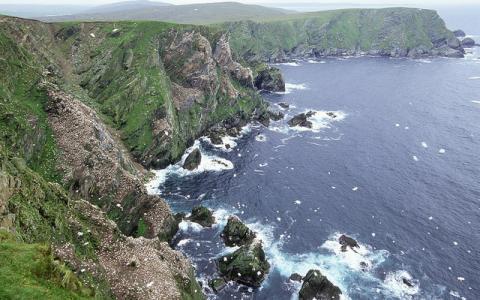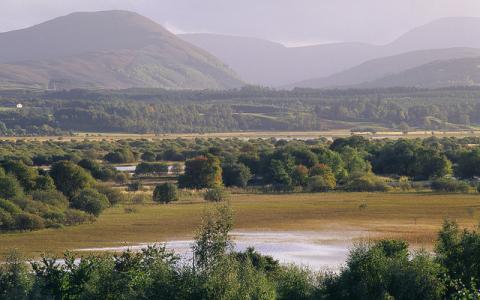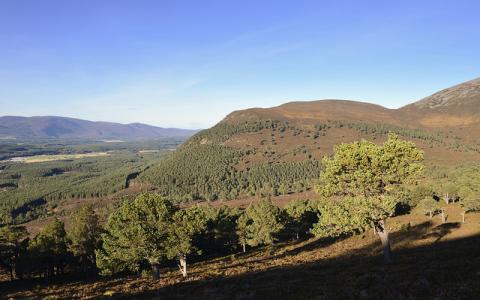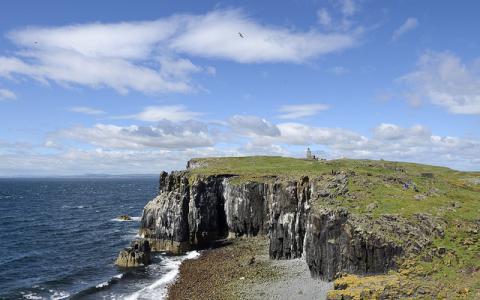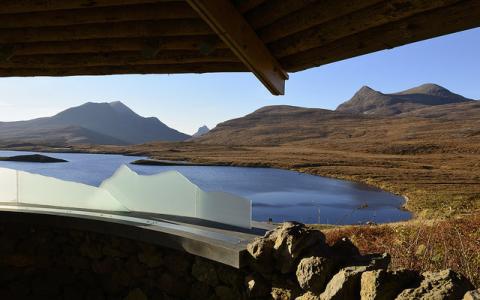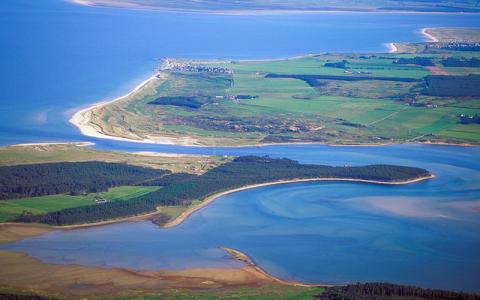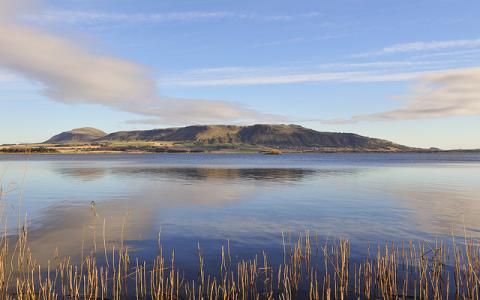A living forest
Glen Tanar provides a great opportunity to explore classic Caledonian pinewood in search of its elusive wildlife. A darting red squirrel or an acrobatic Scottish crossbill might be watching from above as you wander through ancient trees. Or, from the banks of the river, you might see the silvery flash of a salmon powering upstream.
Glen Tanar Estate manages Glen Tanar NNR. Find out more:

